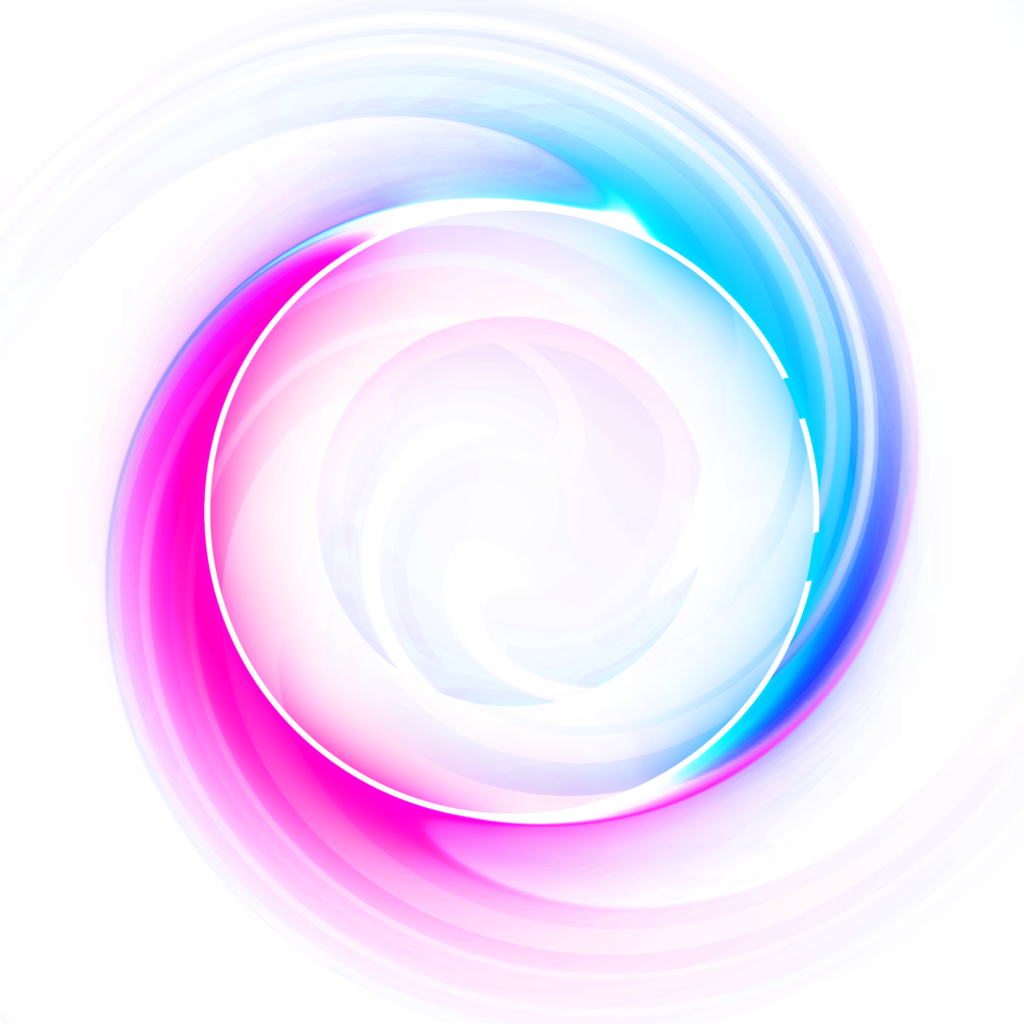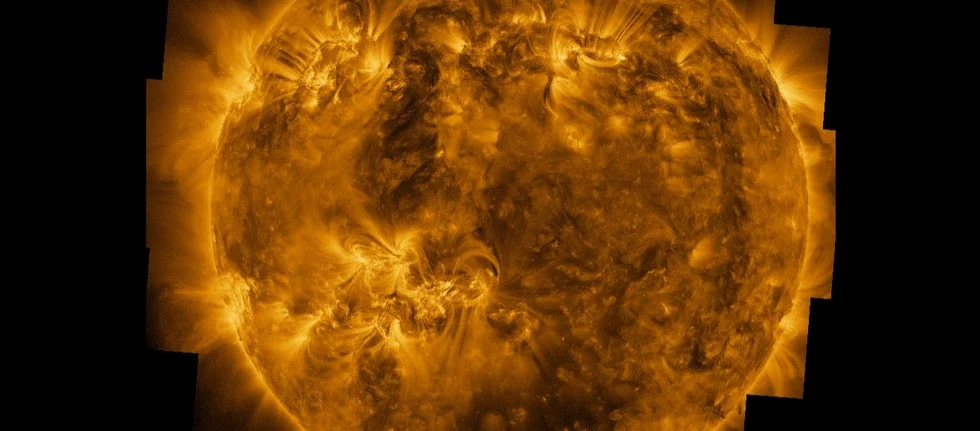New research demonstrates how artificial intelligence is opening up unprecedented perspectives in the study of the Sun, bridging the gap between older and newer solar observations. While state-of-the-art telescopes and solar instruments provide us with increasingly detailed and precise images of solar phenomena, such as flares and magnetic fields, the disparity in quality and format of data collected over the years makes it difficult to analyze the long-term evolution of our star.
However, a recent study published in Nature Communications illustrates how an AI-based approach can overcome these limitations. The research team, led by Robert Jarolim of the University of Graz in Austria, developed a method that identifies patterns and correlations between datasets from different solar instruments, translating them into a common, standardized format. This innovative process provides scientists with a richer and more consistent archive of solar observations, essential for long-term analyses of historical sunspots, rare events, and studies that require combining data from multiple sources.
The technique developed by the team is based on neural networks, machine learning algorithms inspired by the human brain.In a first step, a neural network analyzes high-quality images from a modern instrument and simulates degraded images, as if they had been captured by a less powerful instrument. In this way, the AI learns the "imperfections" or systematic differences introduced by different instruments. Subsequently, a second neural network is trained to "correct" these artificially degraded images, restoring them to their original quality. Through this process, the AI learns how to compensate for the differences between the various instruments.
Tatiana Podladchikova, co-author of the study at the Skolkovo Institute of Science and Technology in Russia, emphasized that "this project demonstrates how modern computing can breathe new life into historical data. Our work goes beyond simply improving old images: it's about creating a universal language for studying the evolution of the Sun over time."
The AI produced sharper, more detailed “magnetic images” of the sunspot, AI has produced sharper, more detailed “magnetic images” of the sunspot, allowing scientists to observe its magnetic structure more effectively than the original data collected by the Solar and Heliospheric Observatory, a collaboration between NASA and the European Space Agency.
Ultimately, we are building a future where every observation, past or future, can speak the same scientific language,” concluded Podladchikova. This research represents a significant step towards a more complete and detailed understanding of solar dynamics over time, thanks to the fundamental contribution of artificial intelligence.
Discover more articles on Artificial Intelligence



